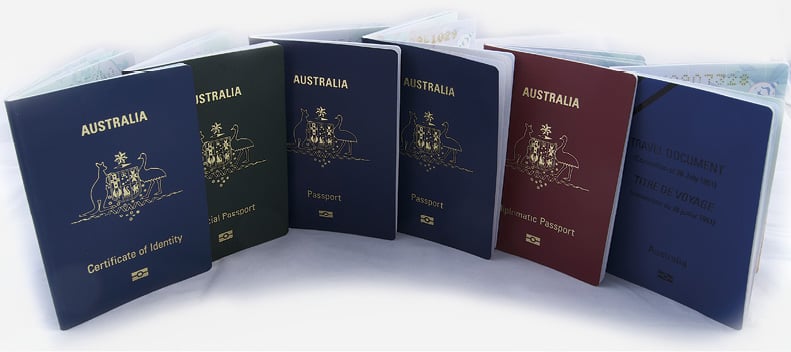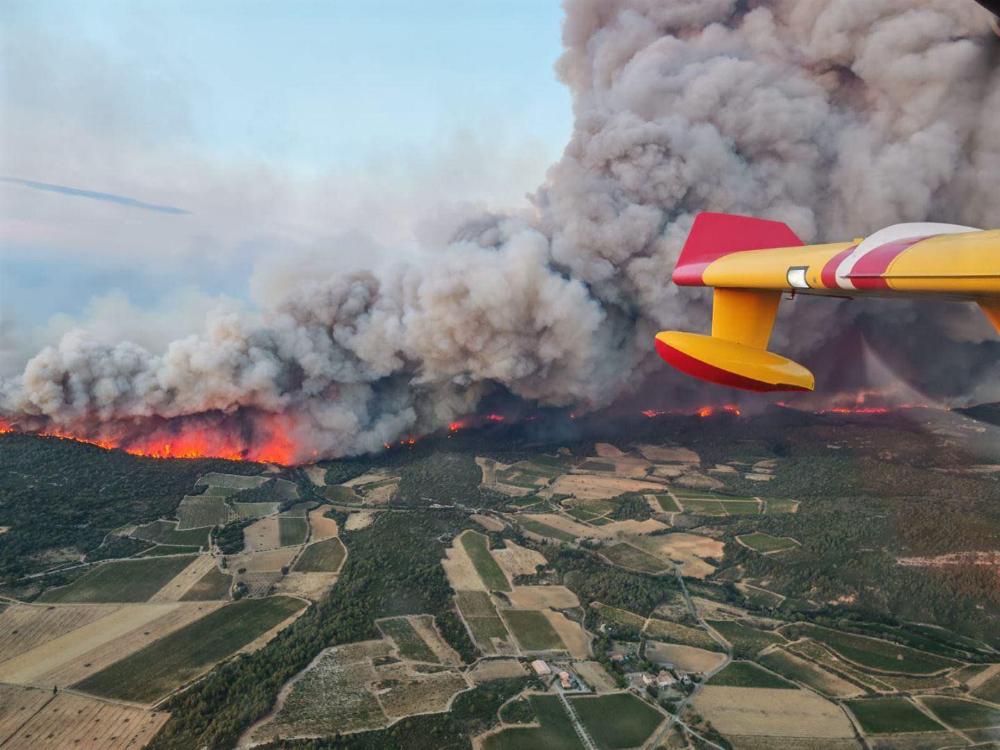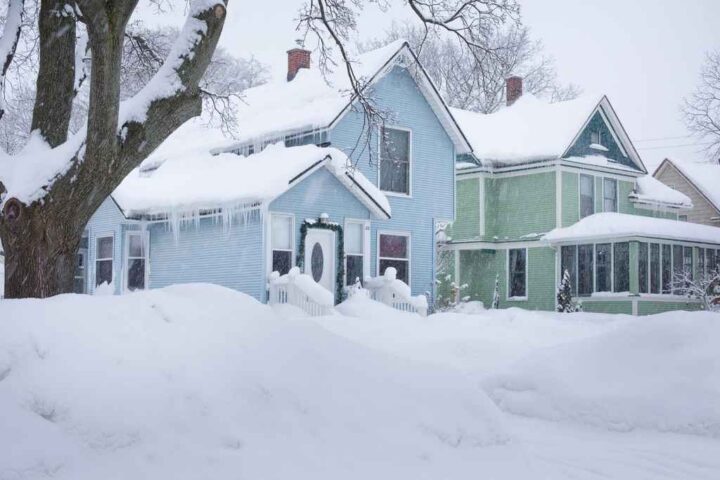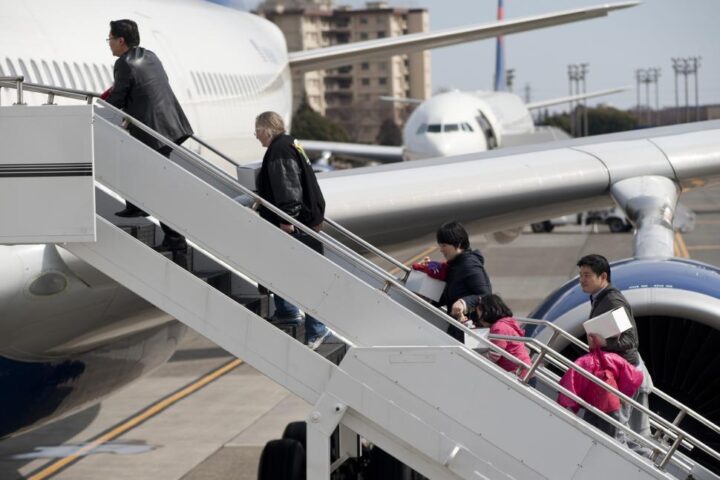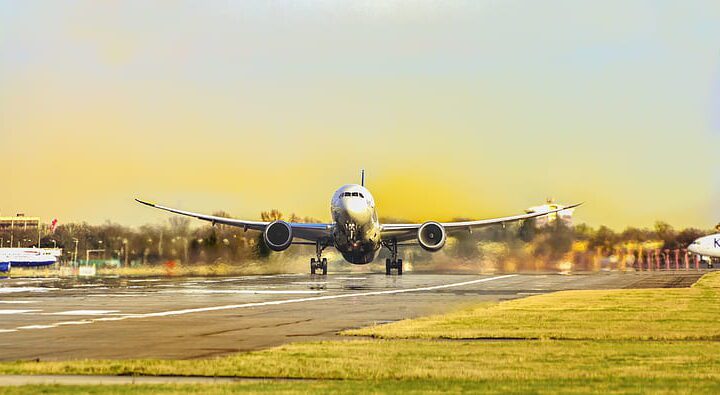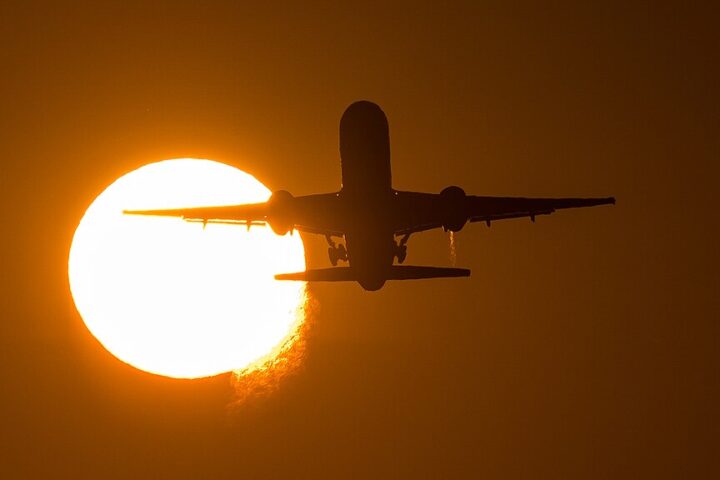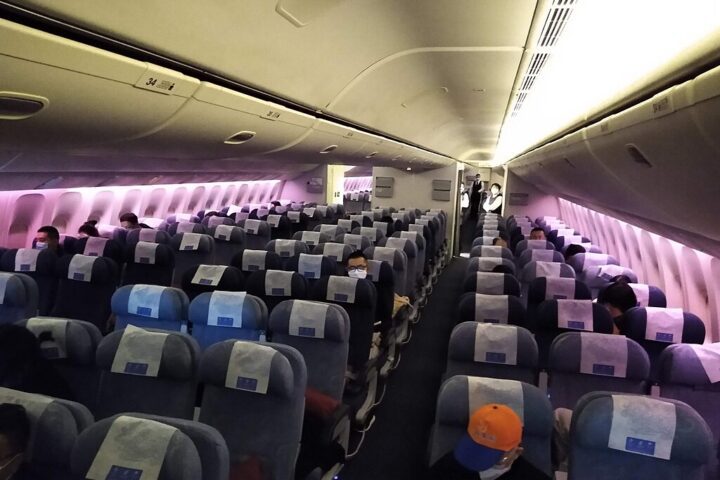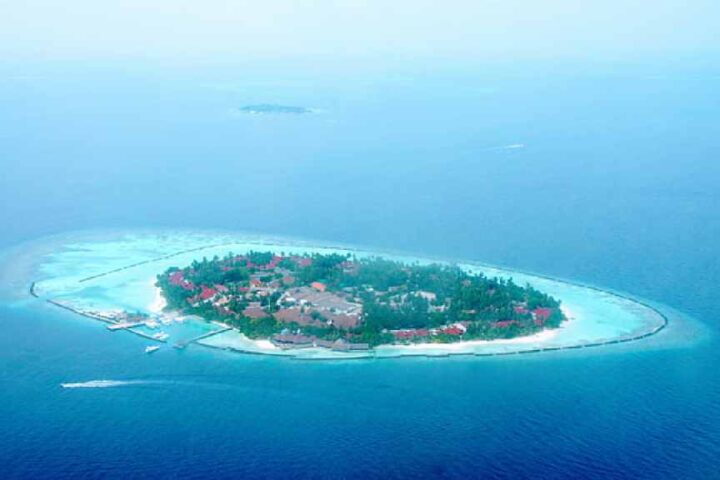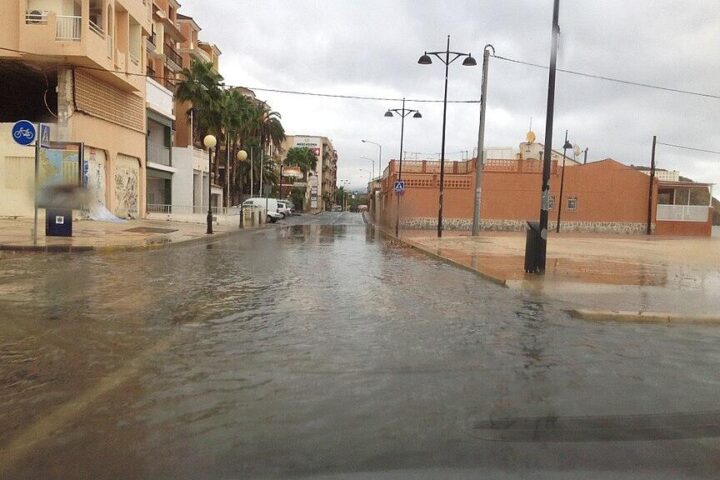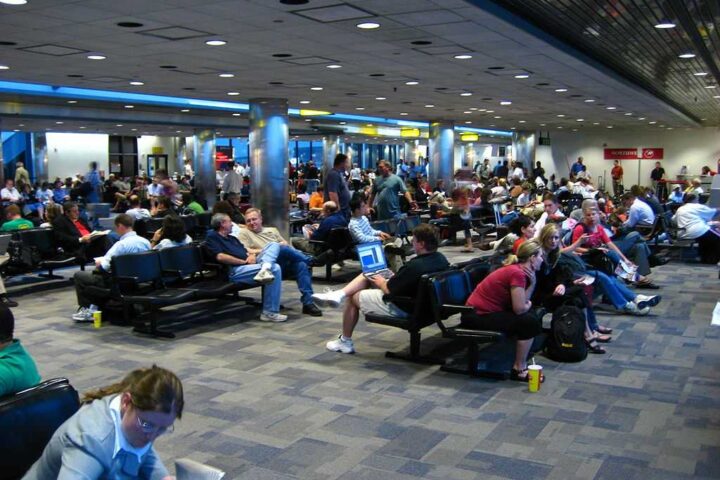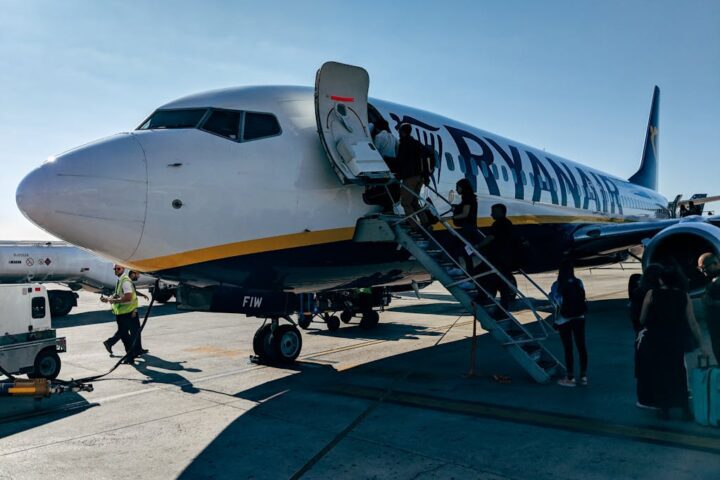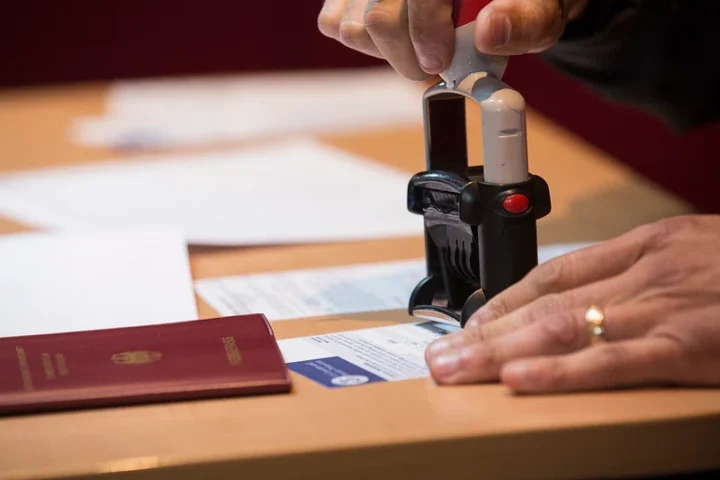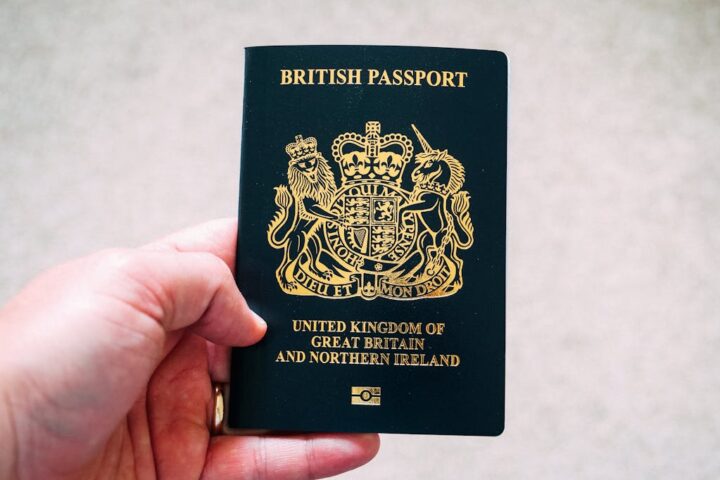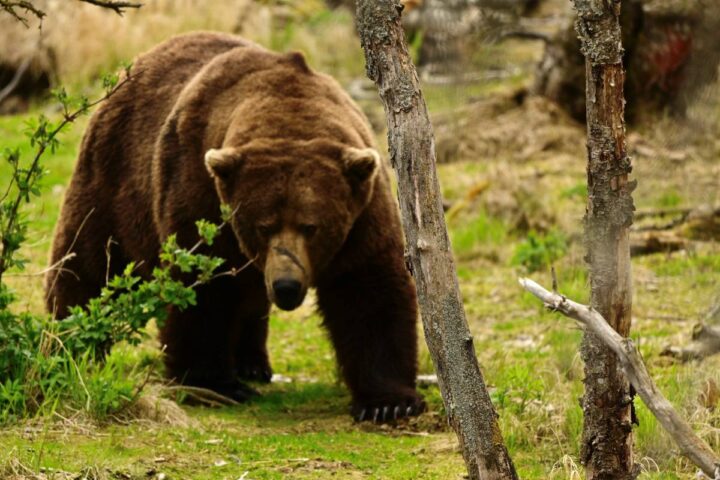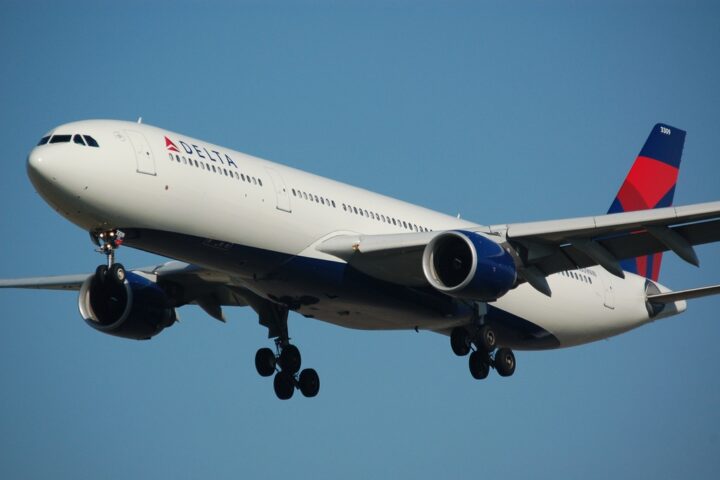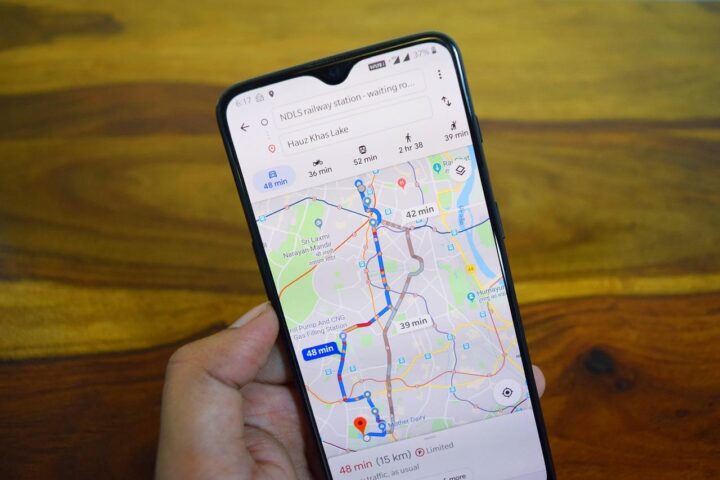Table of Content:
- The Lakes Need Help—But Progress Is Real
- Certified Sustainable Wineries Leading the Way
- Water Science Behind the Problems
- Conservation Projects Making a Difference
- Sustainable Lodging and Farm Stays
- Responsible Tourism Guidelines
- Practical Actions for Eco-Conscious Visitors
- Latest Developments
- Planning Your Sustainable Visit
The Lakes Need Help—But Progress Is Real
The eleven Finger Lakes face serious water quality challenges. Harmful algal blooms (HABs) now threaten swimming, drinking water, and tourism across the region. Phosphorus and nitrogen from agricultural runoff fuel these toxic blue-green algae blooms, with “excess nutrients such as phosphorus and nitrogen in the water” creating dangerous conditions for swimmers and wildlife.
Yet the numbers show real progress. Since 2020, New York State has invested $66 million in grants across 370 farms in the Finger Lakes watershed. These best management practices have cut annual loading by approximately 32,800 pounds of phosphorus, 746,000 pounds of nitrogen, and 43 million pounds of sediment. The recently approved Total Maximum Daily Load plan for Cayuga Lake targets a 30% phosphorus reduction, and as of late 2024, ongoing best-management practices have achieved roughly 30–35 percent of the phosphorus reductions needed to meet TMDL targets.
Certified Sustainable Wineries Leading the Way
The New York Sustainable Winegrowing Program now certifies wineries using rigorous VineBalance standards. “applications for the 2025 Sustainable winegrowing program are now open! Certification is based on maintaining a minimum score in the VineBalance workbook.” This workbook evaluates 144 action items covering soil health, water protection, energy conservation, and social equity.
Hermann J. Wiemer Vineyard stands out as a regional leader. The winery eliminated herbicides in 2004 and achieved Demeter Biodynamic certification in 2023 for its 33-acre site. “By 2023, the winery completed Demeter Certification for its 33-acre biodynamic site, underscoring its commitment to sustainability.” This makes Hermann J. Wiemer one of the first East Coast wineries to earn full Demeter Biodynamic certification.
🌿 Sustainability Savvy Quiz
Test your Finger Lakes eco-travel knowledge across wineries, water science, conservation, lodging and responsible tourism!
1. Which certification indicates a Finger Lakes winery meets New York Sustainable Winegrowing standards?
Other notable sustainable wineries include Hunt Country Vineyards, which operates almost entirely on solar power and won the NY Wine & Grape Foundation’s Sustainability Award in 2020. Fox Run Vineyards uses solar arrays covering roughly 90% of its electricity needs.
“Nineteen new certified vineyards” joined the program in 2024, bringing the total to 70 certified sustainable operations across New York State.
Water Science Behind the Problems
The Finger Lakes’ water quality issues stem from complex nutrient cycling. Nutrient-heavy topsoil, chemical fertilizers from lawns and farming and sometimes manure can make their way into the region’s lakes, rivers, streams and ponds. Conventional septic systems contribute as well.
Invasive species worsen the problem. Zebra and quagga mussels “dig into the sediment at the bottom of lakes, stirring up phosphorus and nitrogen for algae to feast on.” Some buried nutrients entered the lakes decades ago, creating a legacy pollution challenge.
Explore Nutrient Impact Slider
Slide to see how nutrient reduction projects have improved water quality:
Phosphorus Reduction: 0 lb
Nitrogen Reduction: 0 lb
Sediment Reduction: 0 lb
Different lakes respond uniquely to nutrient loads. Some lakes had higher levels of phosphorus with some bloom activity, like Seneca. Other lakes had very low levels of phosphorus and high bloom activity, like Skaneateles Lake. This means one-size-fits-all solutions don’t work across all eleven lakes.
Conservation Projects Making a Difference
The Finger Lakes Land Trust’s 5-Point Water Quality Initiative has protected over 10,000 acres and works with partners to install cover-crop buffer strips along tributaries. These practices help reduce sediment inflow by acting as natural filters.
More Posts
Recent developments include Governor Hochul’s August 2024 allocation of $42 million for eastern Finger Lakes water quality improvements, targeting harmful algal blooms and expanding Agricultural Environmental Management adoption.
Buffer strips, wetland restoration, and cover crops provide natural filtration. Wetlands in the Finger Lakes region can be maintained and restored; like vegetation buffers, wetlands help absorb and filter runoff before it reaches the lakes.
Sustainable Lodging and Farm Stays
Hunt Country Vineyards offers farm-stay accommodations featuring rainwater harvesting systems and solar power. Several Seneca Lake bed and breakfasts now provide eco-friendly accommodations with sustainable water management systems.
Pick Your Eco-Stay
Filter farm-stay properties by their eco-features:
When booking accommodations, ask about water conservation practices, renewable energy use, and how visitor proceeds support watershed protection or community programs.
Responsible Tourism Guidelines
Swimming safety requires vigilance during bloom season. In 2024, DEC tested over 100 samples; about 60 percent were toxin-positive. This drives home the point that if you see or suspect a bloom, stay out of the water.
Trail etiquette matters for waterfall hikes at Watkins Glen and Taughannock Falls State Park. Stay on designated trails to prevent erosion, carry out all trash, and avoid off-trail shortcuts on slopes.
Quick “Leave No Trace” Checklist
Tick off each action before you hit the trails:
Cultural respect includes understanding that homeowners, businesses, and farms can help prevent HABs by reducing the use of fertilizers, especially fertilizers that contain phosphorus, on lawns and fields. Visitors should respect local Amish, Mennonite, and Haudenosaunee communities by seeking permission before photographing and avoiding trespass on private farmland.
Practical Actions for Eco-Conscious Visitors
Choose certified sustainable wineries displaying New York Sustainable Winegrowing or VineBalance certification logos. Ask tasting room staff about composting, renewable energy use, and watershed initiatives they support.
Support water protection efforts by visiting Finger Lakes Land Trust properties and making voluntary donations. Ask about volunteer trail maintenance days or stream restoration projects.
Practice Leave No Trace principles at state parks and waterfalls. Use refillable water bottles and disposable-free practices. Plan waterfall visits for early morning or late afternoon to minimize soil impact.
Select eco-friendly accommodations that advertise low-impact features like solar power, rainwater harvesting, or organic farming practices.
Pledge to Protect the Finger Lakes
Select the actions you commit to on your visit:
Latest Developments
In May 2025, Governor Hochul announced an additional $66 million for best management practices across 370 farms, building on previous investments. The VineBalance 2025 reporting and audits took place from October 2024 through spring 2025, pushing for greater certification scope and stricter evaluation.
Industry changes include Hunt Country Vineyards’ shift toward sustainability education after experiencing frost losses, and Fox Run’s continued expansion of solar energy systems.
Planning Your Sustainable Visit
The region offers wine trails featuring certified sustainable vineyards, state parks with restored wetlands, and educational programs about water quality protection. Many wineries now offer tours focused on their sustainable farming practices alongside traditional tastings.
Consider timing visits during cover crop growing seasons to see erosion control measures in action. Spring and fall provide optimal conditions for hiking restored riparian areas and observing conservation practices.The Finger Lakes region demonstrates how tourism, agriculture, and environmental protection can work together. Visitors who choose sustainable accommodations, support certified wineries, and practice responsible recreation contribute directly to ongoing water quality improvements and habitat restoration efforts.


